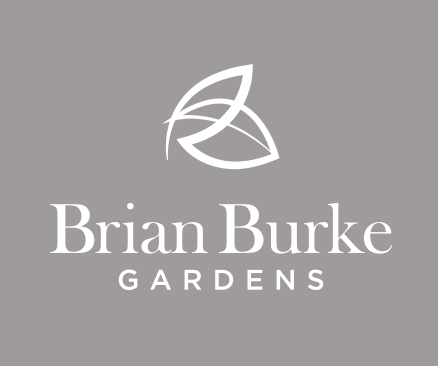Wherever you stand ideologically on wind turbines there is no denying their epic presence. I’m thinking primarily of the commune of turbines which was constructed in, what is essentially, the middle of the bog in Mount Lucas, Co. Offaly a few years ago. Pretty much wherever I go in my van in the midlands I am guaranteed to get a glimpse of the Mount Lucas wind farm at some point. Racing in Fairyhouse, racing in Kilbeggan, nursery visits in Moyvalley, the old main road out of Portlaoise. There’s no getting away from them.

And on some level, they provide a certain comfort. They are a modern landmark. The Mount Lucas wind turbines are fast becoming a version of the Poolbeg chimneys for Dubliners. There are doubters sure but there is no doubting the extent to which they are inscribing themselves on the public consciousness.
I am reminded of the Spire. There was all sorts of nay saying and opposition but it’s safe to say that it is now formally established as part of the landscape. The obvious point at which the comparison falls down is when you consider that there has never been a debate as to how compromising the Spire would be to someone’s quality of life. Or the peaceful enjoyment of their home. But you get what I mean.
And if you think about it, our landscape is full of these beacons, these natural or man-made features that punctuate the view and provide vital bearing and position cues. Off the top of my head I can think of the Giant Redwoods that line the main avenue at Emo Court and which are visible from a twenty-mile radius. The tallest trees in the province I would suggest.
Then of course you have Dunmurry Hill and the Hill of Allen. There they are like a homing beacon, solid, fixed, reassuring, their gaze unflinchingly following you around. Like Mona Lisa’s eyes. (A stretch of a comparison for a steel communications mast. Possibly.) You can see either the antenna tower on Dunmurry Hill or the slightly older stone tower on the Hill of Allen from practically anywhere in Kildare and environs.
And speaking of the midlands, if you are stuck for something to do some fine weekend you could do a whole lot worse than head for the Lough Boora Parklands just outside Tullamore. Set on a vast tract of rehabilitated former commercial peatlands, Lough Boora is a great example of how a sliver of outside the box thinking can wield great results.
Monumental sculptural installations of reclaimed peat harvesting hardware meets lakelands and angling meets walking and biking trails meets a kids’ magical woodland fairy realm. And a section of the blurb on the website gives us a wonderful new phrase – “natural recolonization”.
“An abundance of flora displays can be found in the park throughout the seasons and wildlife can be spotted amongst the grasslands, lakes and wetlands. Lough Boora consists of a magnificent collection of natural and manmade lakes. Explore 50km of trails, natural recolonization and pastureland which provide a new habitat for the park’s biodiversity.”
We used to call it ‘rewilding’ which in and of itself is a nice word. But natural recolonization suggests a re-annexing, an aggressive act on the part of nature to reassert itself in the wake of three quarters of a century of wholesale abuse.
And rewilding or recolonization is exactly what you see. Birch trees gaining in prominence and presence with each successive visit, the bedding down of the super cool larch clad café into the landscape. This is exceptional, innovative design and should be celebrated far and wide. Who would drive an hour to hang out in the bog? The notion need no longer be the chilling prospect of yore.
Lough Boora. Such a simple idea delivers so much. Oh yeah, and there are a few massive wind turbines right next to it which, to my mind at any rate, are very cool.
Whether they’d still be cool if they were outside my back door is another matter entirely.

Leave a Reply